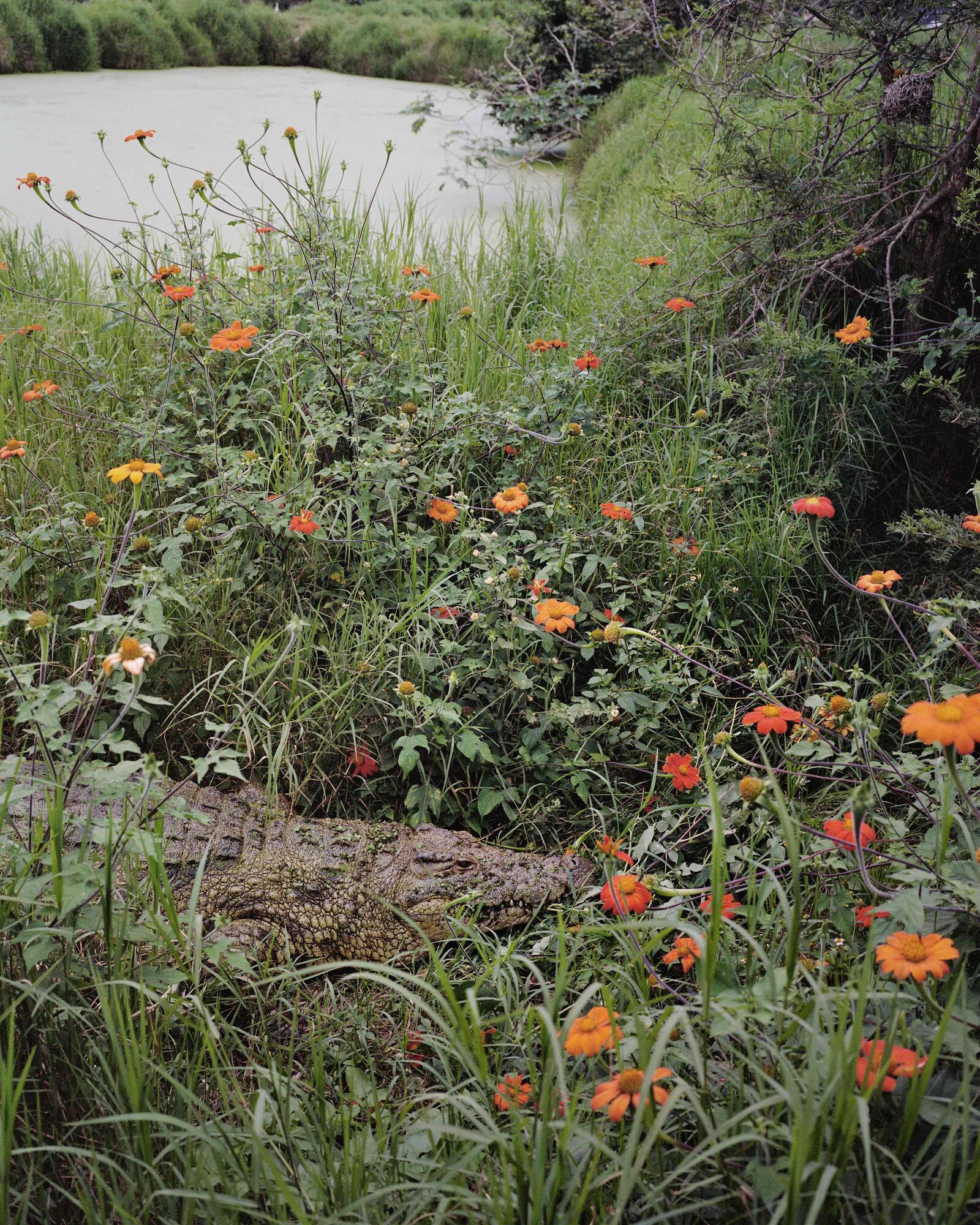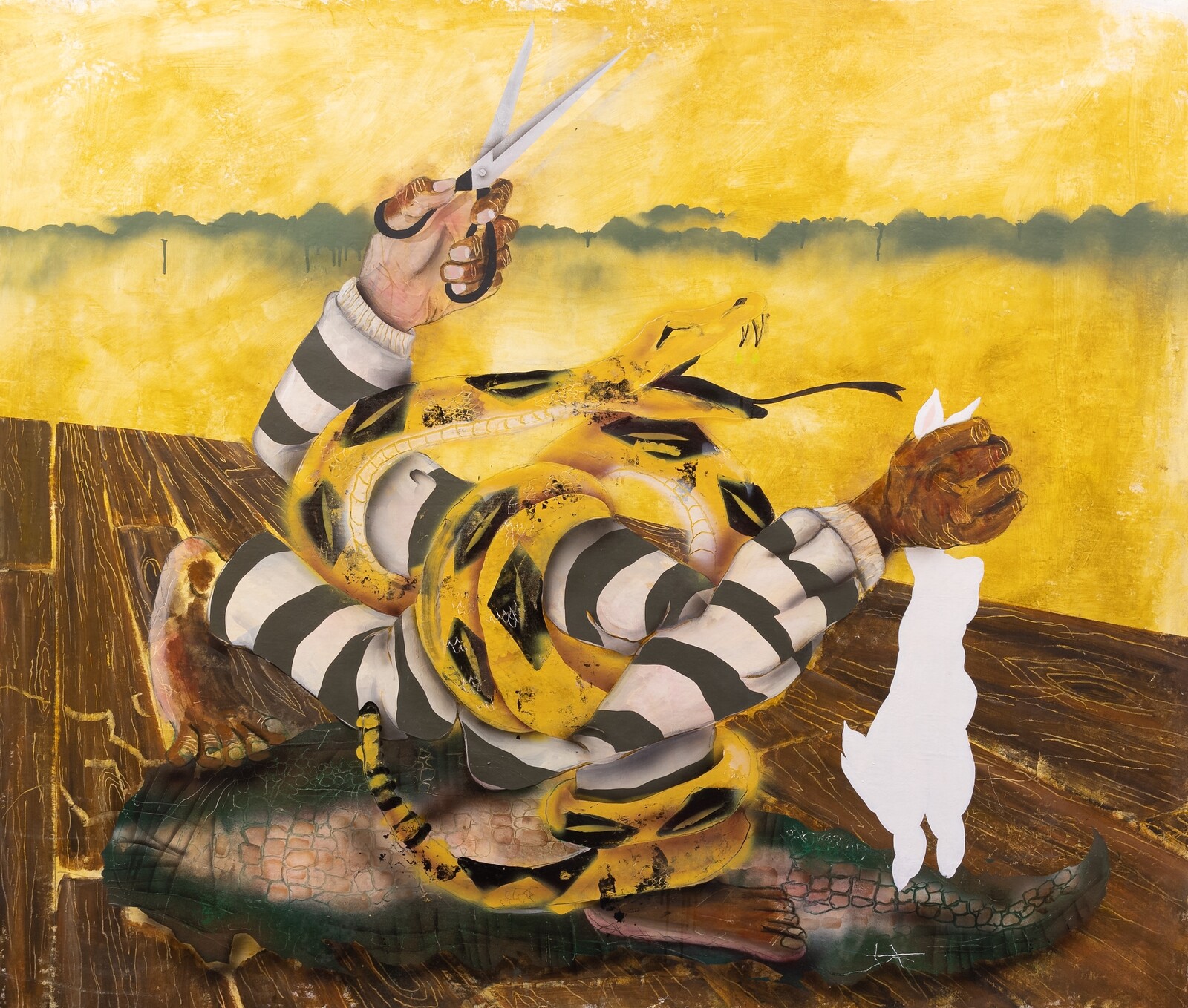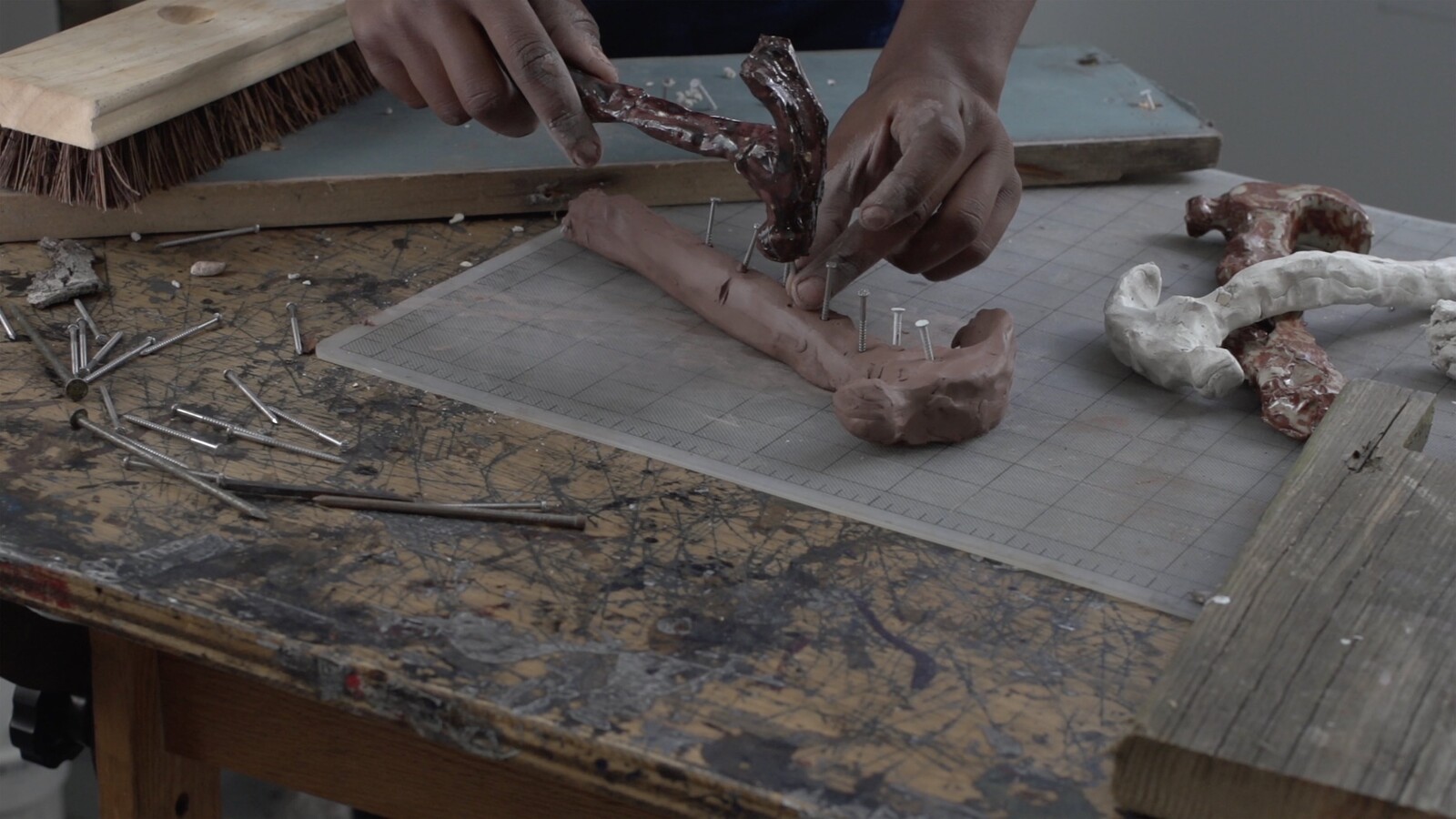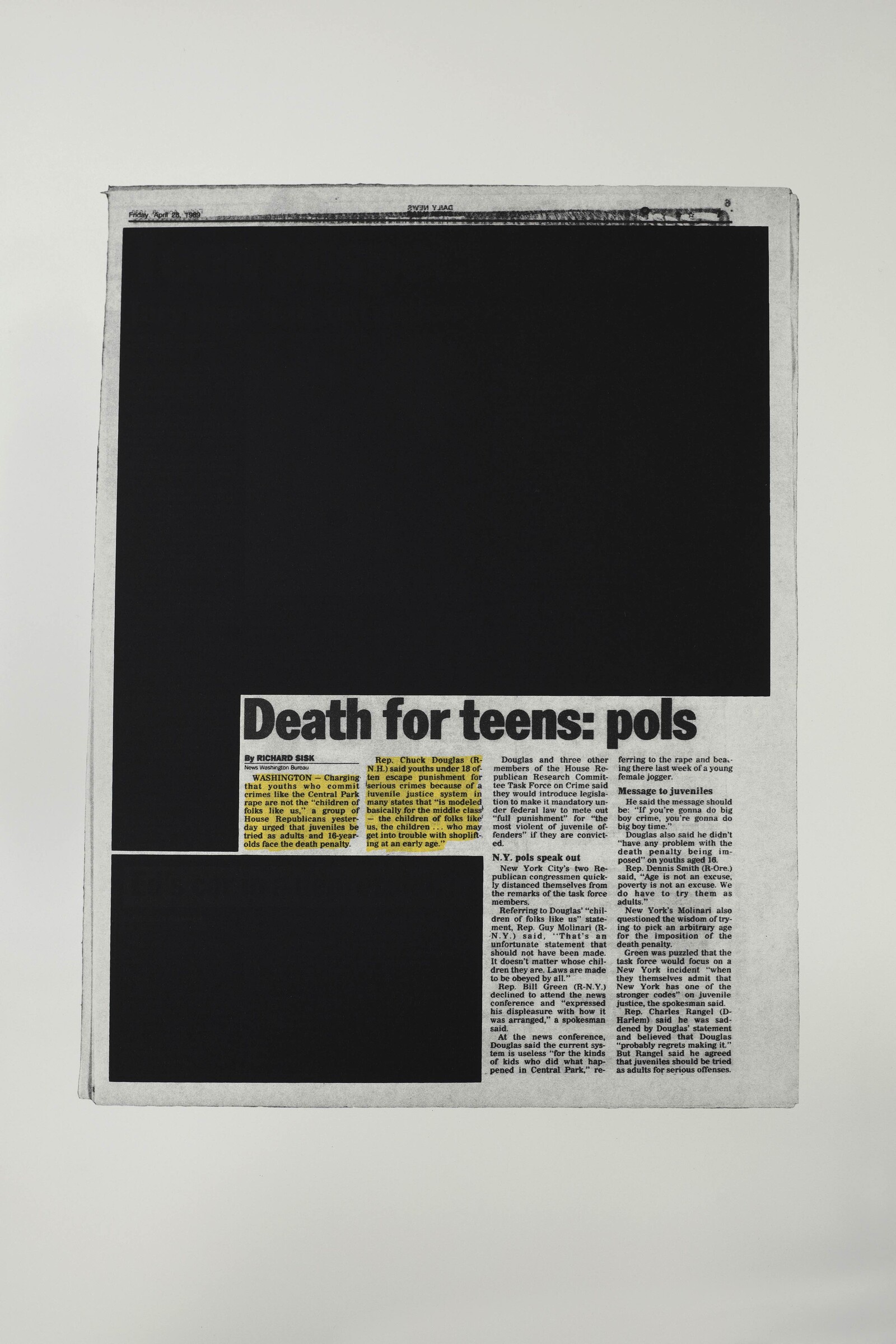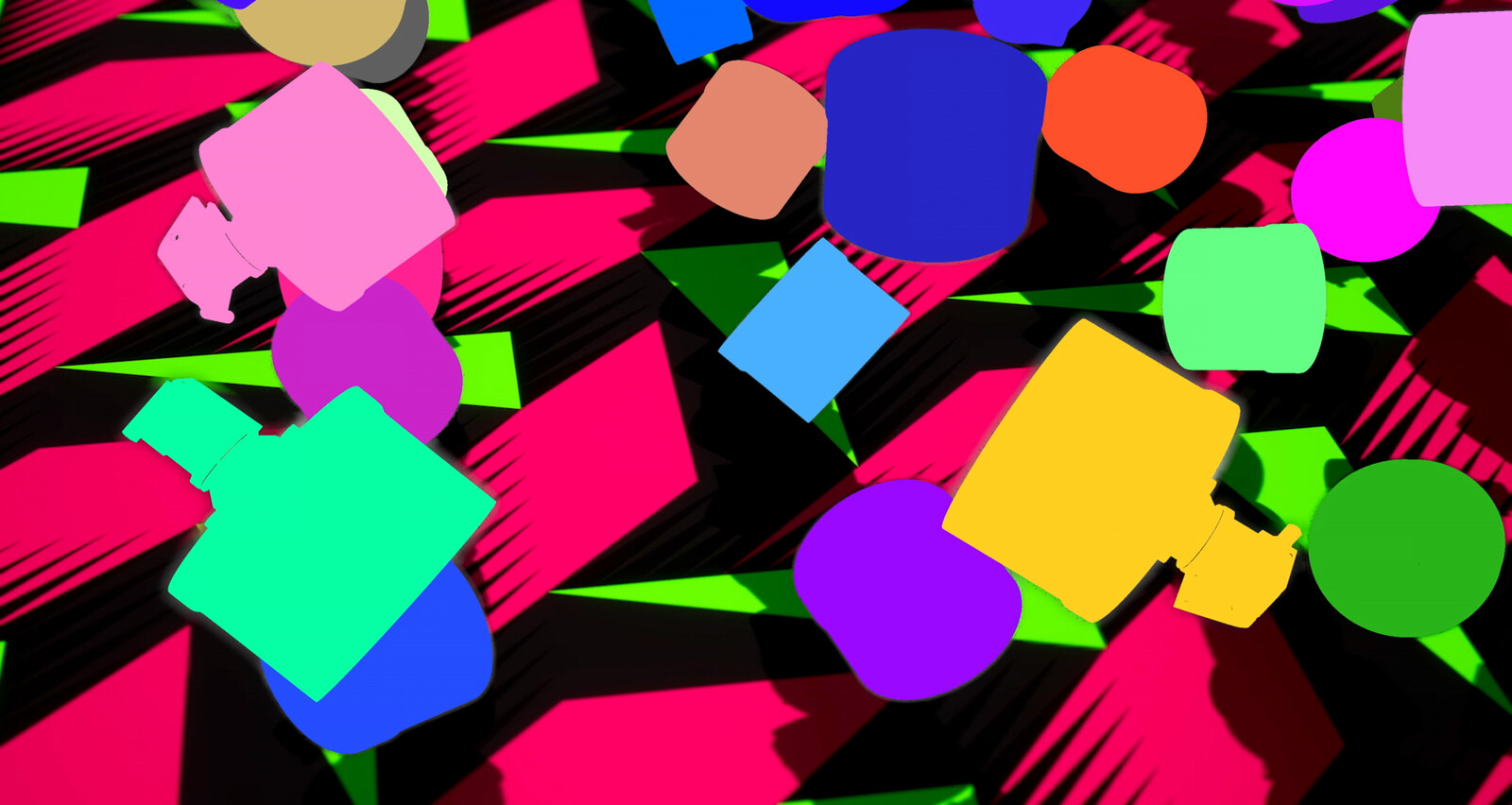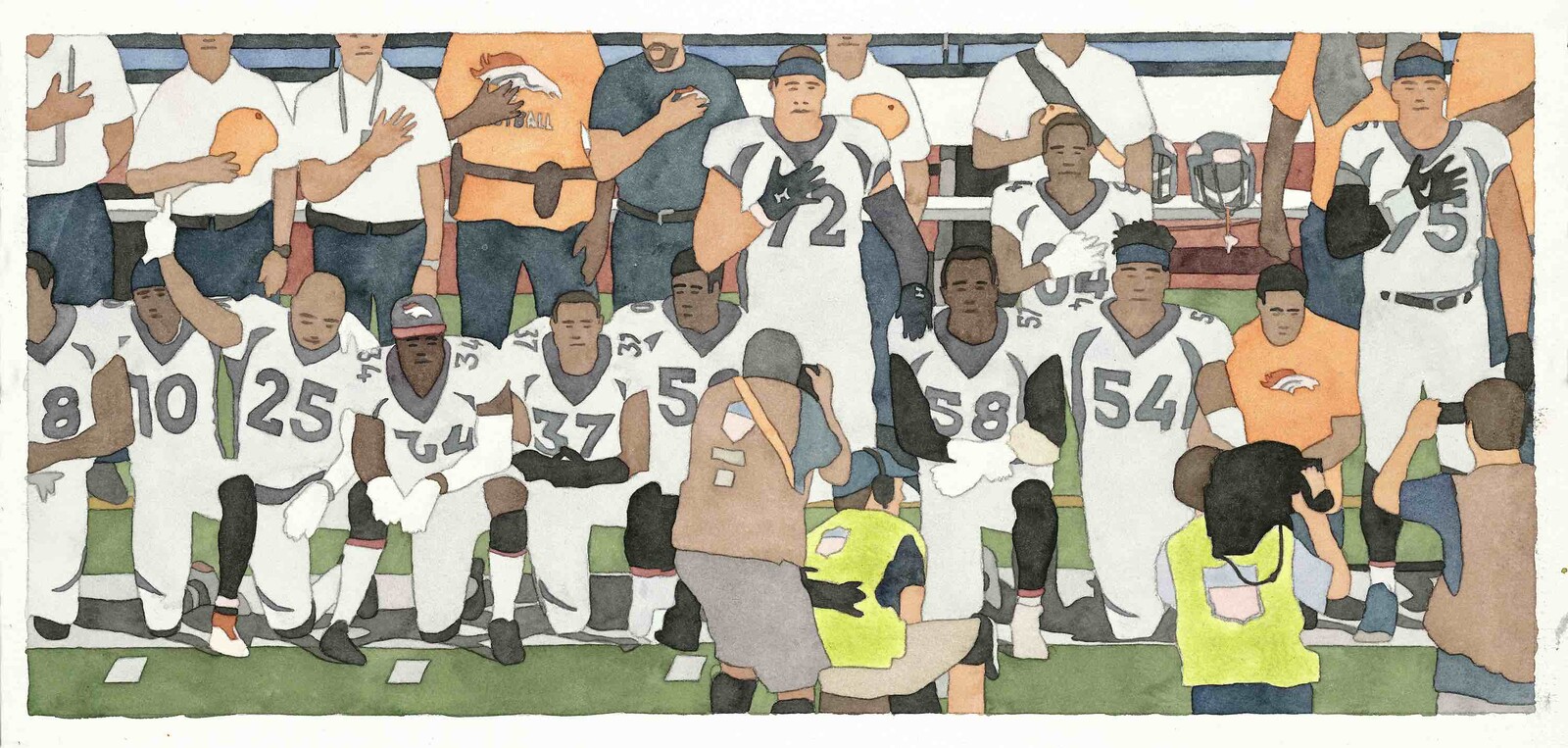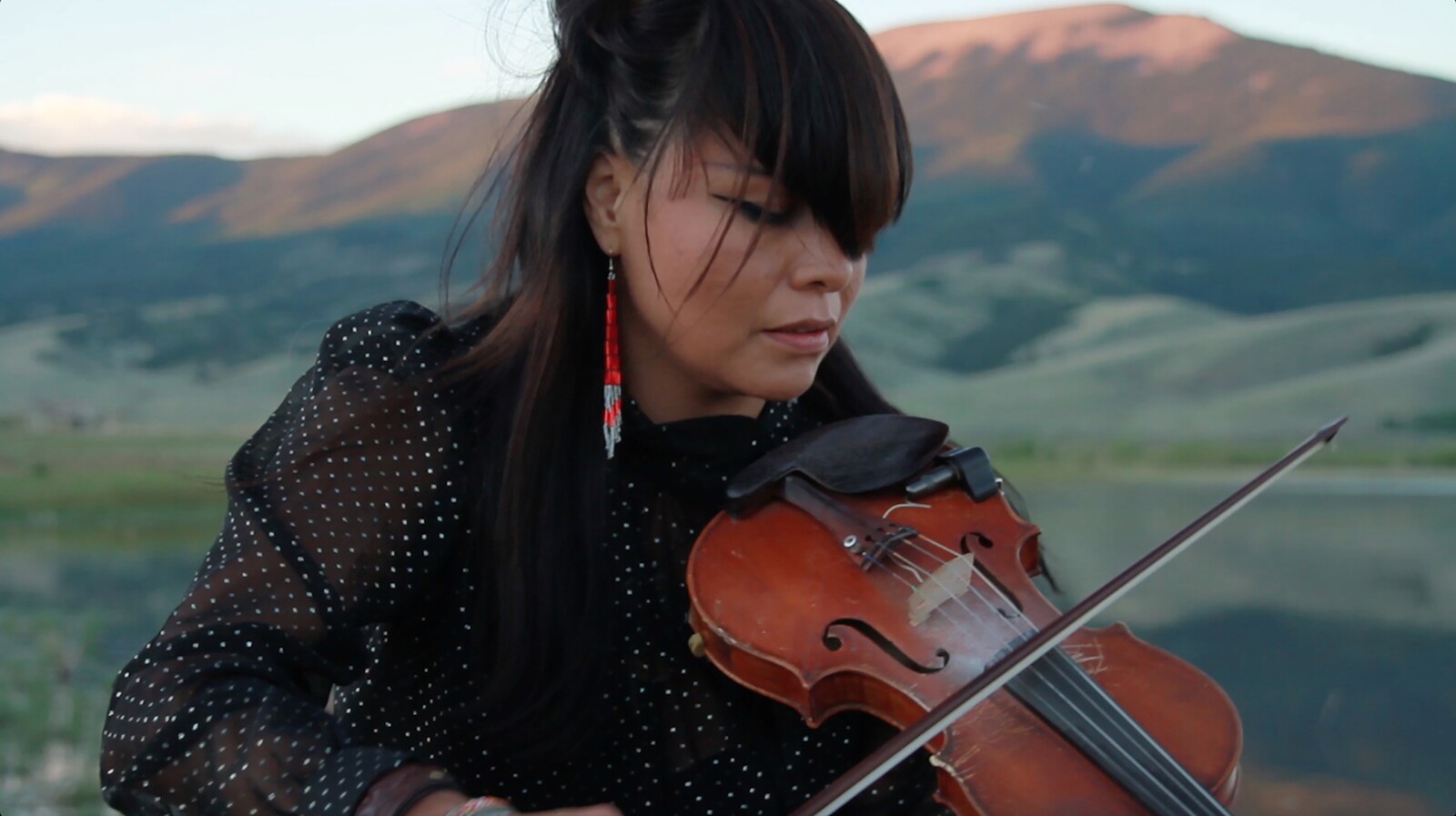Remember when America was hard to see? Boy, is it obvious now.1 The Whitney Biennial 2019, curated by Jane Panetta and Rujeko Hockley, has a marked interest in the alter-local, doing some overdue national soul-searching, as well as catching up to artists who have been doing this kind of reparative work all along. There is Joe Minter from Birmingham, Alabama, whose assemblages of rusty tools and metal imagine an “African village” in America, a stunning euphemism that is lost on no one. The agglomerations of plant matter and mass commodities by Puerto Rican artist Daniel Lind-Ramos (such as Maria-Maria [2019], in which an emergency FEMA tarp clothes a Virgin-like figure) are at once elusively bitter, ritualistic, and ruthlessly compromised, like a straw on a Caribbean beach. Curran Hatleberg’s lucid photographs document America’s rural poor over the past decade: folks on their stoops between weedy squares of lawn (Untitled [Front Porch], 2016), children in what seems like the aftermath of a natural disaster (Untitled [Girl with Snake], 2016), a half-dozen men in an auto junkyard waiting (for what?) around a fresh, grave-sized pit (Untitled [Hole], 2016). A half-hour video by Steffani Jemison, Sensus Plenior (2017), portrays a gospel mime in Harlem as she puts on white makeup, rehearses, and sings, silently, with white-gloved hands. Eddie Arroyo painted the same declining Florida restaurant four times in four years (5825 NE 2nd Ave., Miami, FL 33137, 2016–19). Then there’s Pat Phillips’s startling, bombastic mural of a snake, DON’T TREAD ON ME (2019) painted across its body like a homemade banner. Lest anyone forget the reality of militarized, militia culture, two hands dismember the serpent and holster a revolver in its head; tucked into the grass to the panel’s right—ah, there it is: America!—are two spent teargas grenades. Clearly the explosive and reactionary post-Trump wave, so acute in 2017, has reached a brooding trough.
No one can accuse this show of shirking the issues of the day. Human Design (2019), Reparation Hardware, and Red Sourcebook (both 2018), a trio of videos by Ilana Harris-Babou, mix the languages of postcolonial theory, interior design, redlining, and ecotourism in a way that feels cathartic, if a little clever—for instance, trying to hammer nails with glazed ceramic tools in Reparation Hardware. Several pieces feature news cut from whole cloth: Alexandra Bell presents No Humans Involved: After Sylvia Wynter (2018–19), a row of prints of the New York Daily News tracing the public animalization of the Central Park Five (wrongly convicted of rape, exonerated in 2002). We know where this is going, and there it is—the rightmost panel: the infamous full-page ad calling for law and order, and for the death penalty for these teens, signed in Donald J. Trump’s hellmouth scrawl. There are also Josh Kline’s monochrome photographs framed in wild-hued metal and glass boxes filled with colored gels and water, a post-accelerationist wish list for sites like the Capitol Building (United States Capitol, Washington DC, 2019) and Front Desk, Twitter Headquarters, San Francisco (2019). Again and again, the show’s most intense political moments are also its most formally reserved.
The 2019 biennial tries to see the country through its artists’ eyes. Insofar as they declare, question, revise, sulk, shout—insofar as no one seems exactly happy—it succeeds. But the show—smart, deeply convinced—largely avoids the kind of ambivalently political, cryptically reverent verve that, I’d argue, defines art born in the twenty-first century. Maybe it seems like too great a luxury to be complicated or self-deprecating while Trump is in the White House—and Safariland CEO Warren B. Kanders is on the Whitney’s board. Yes, someone had to, and Forensic Architecture did: their contribution features Triple-Chaser (2019), a quick documentary filmed with Laura Poitras and Praxis Films that tells the story of how the artists trained an algorithm to detect Safariland-made teargas in footage scraped from the web. The doc faces the setbacks common to activist filmmaking: the arms manufacturer declines to admit it sells to Israel, the evil museum board member doesn’t resign. In fact, when the film quotes Kanders as saying that his “company and the museum have distinct missions, [yet] both are important contributors to our society,”2 it’s a realpolitik statement far more troubling, and more introspective, than Forensic Architecture’s video. The best sequence in Triple-Chaser is beautiful not because it sticks it to the man but because it turns weird clods of 3D-modeled teargas canisters, set against high-contrast “training patterns,” into a psychedelic flicker film. Of course, for controversy, the Whitney Biennial is competing mostly with itself. In 2017, Jordan Wolfson really beat up a real doll in Real Violence, to the tune of Jewish prayers; this time around, Forensic Architecture’s Triple-Chaser shows real footage of a real sniper’s bullet striking a Palestinian man in the leg. The voiceover (by David Byrne!) notes, coolly, that the Israeli forces “may have committed war crimes or crimes against humanity.” Last time volatile, this time composed.
To those asking the question: the show doesn’t distinguish real talk from damage control. For Nosecone: EF (2019), a savvy, Michael Asher–like gesture, Madeline Hollander had two corner-facing segments of the Whitney’s bespoke metal flood barriers, usually tucked away, installed facing Gansevoort Street and the Hudson River. This kind of spectacular defensiveness, beautiful in its way, is as industrially formal as anything a Minimalist could dream up—yet also as callously pragmatic as the insurance any museum must buy. It is also a preview of the kind of thuggish engineering ready to be deployed by a rich island city on the front lines of global warming. Hollander’s piece is the brutalist counterpoint to more polished “institutional critique,” such as The Maid (2018), an HD video by Carissa Rodriguez that grants a cinematographic look at the care given to a sequence of fetal Constantin Brancusi and Sherrie Levine sculptures in various highlife locales. The piece “reveals” (in Levine’s or Louise Lawler’s mode) how art is valued, and suggests the unseen labor that makes value possible—while at the same time lushly affirming that it should ever be thus. So far as Rodriguez’s piece goes, its critique is as sentimental as its soundtrack: a cycle of three dramatic chords.
Indeed, at times the 2019 biennial can be downright soothing. In Ascent/Dissent (2019), by Marcus Fischer, pleasant, droning, spa-style harmonies fill the Whitney’s lower stairwell, which permanently features a Felix Gonzalez-Torres lightbulb sculpture from 1994, titled—what else—“Untitled” (America). The sounds, variations on a single chord, are placating, a respite from the crowds above and below, an interval in the show. It is exactly the kind of stripped-down performance that refuses, if not quite disputes, the hackneyed, swelling progressions that accompany Kota Ezawa’s warbling watercolor animation of the NFL anthem protests, National Anthem (2018): a chamber orchestra playing “The Star-Spangled Banner.”
I would have liked for this show to deliver the kind of catastrophic achievement that defines an era, or at least a pair of years. Instead I kept thinking about the video by Apache violinist Laura Ortman, My Soul Remainer (2017), in which she solos in natural settings from a southwestern bluff to a wooded stream. Her playing arpeggiates furiously between two chords, one minor and one major, an emphatic, emotional, classical push-pull. She is really going for it, earnestly, almost to the point of parody. Ah, here is an America to make you cry. Not at all like teargas makes you cry; nor, to paraphrase Lawler, in the way that Andy Warhol does; but in the way a minor chord followed by a major chord formalizes a feeling of loss. Last time was tension. This time, release.
See the collection exhibition that inaugurated the Whitney’s new building in 2015, “America is Hard to See.”
“While my company and the museum have distinct missions, both are important contributors to our society. This is why I believe that the politicization of every aspect of public life, including commercial organizations and cultural institutions, is not productive or healthy.” See Warren B. Kanders’s open letter in response to demands that he resign: http://www.artnews.com/2018/12/03/not-problem-whitney-vice-chair-responds-open-letter-calling-action/.

